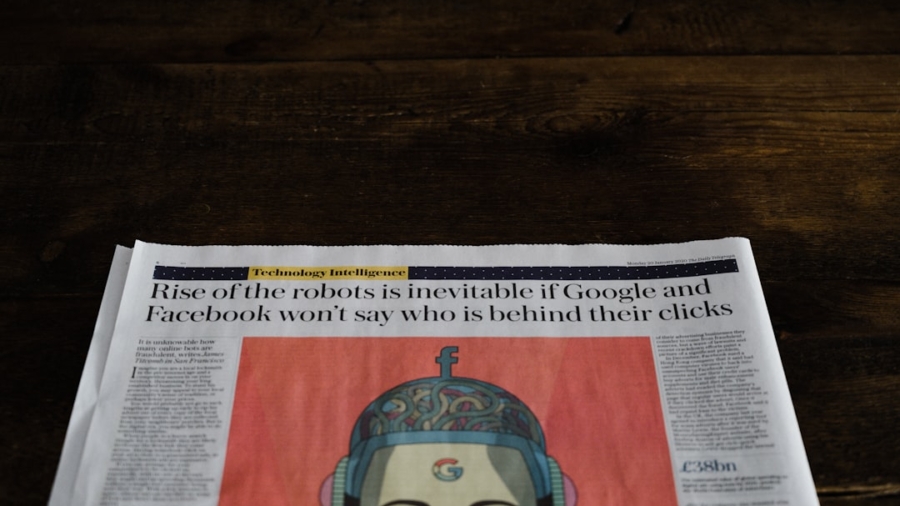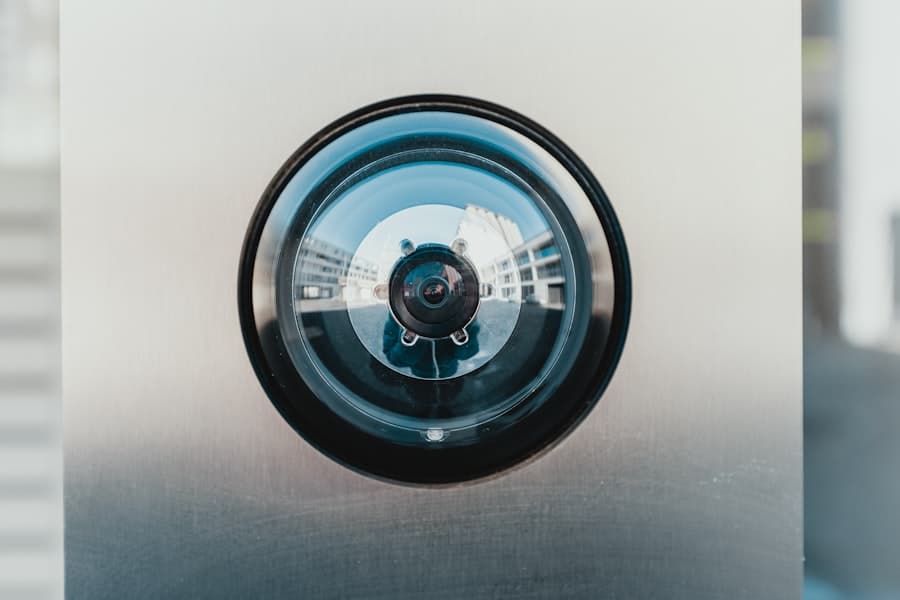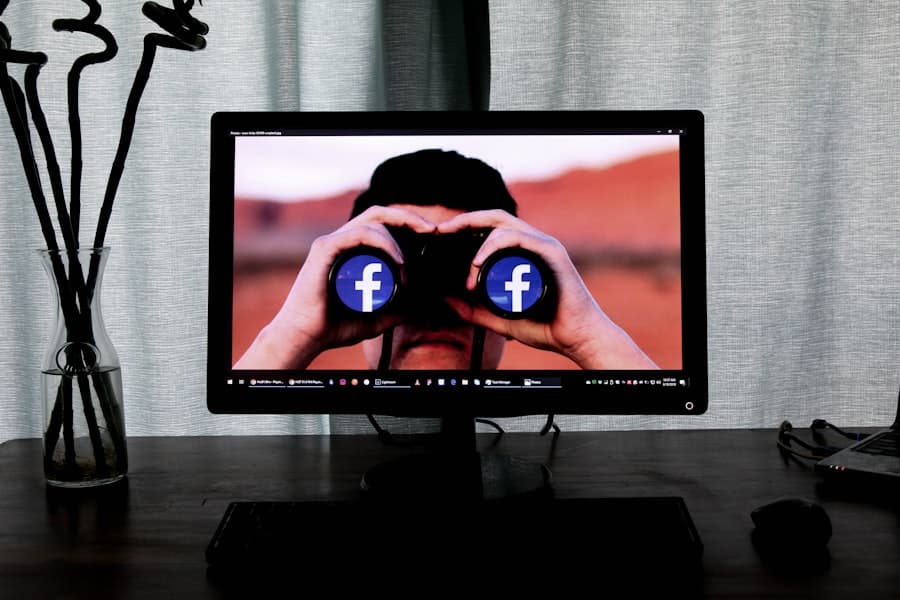The rapid advancement of artificial intelligence (AI) has transformed numerous sectors, from healthcare to finance, enhancing efficiency and decision-making processes. However, this technological evolution has also raised significant concerns regarding privacy violations. As organizations increasingly rely on AI to process vast amounts of personal data, the potential for misuse or unauthorized access to sensitive information has escalated.
Privacy violations can occur in various forms, including data breaches, unauthorized surveillance, and the exploitation of personal information for malicious purposes. The intersection of AI and privacy is a complex landscape that necessitates a thorough understanding of both the capabilities of AI and the ethical implications of its deployment. The implications of privacy violations extend beyond individual harm; they can erode public trust in institutions and technologies.
As AI systems become more integrated into everyday life, the need for robust mechanisms to detect and prevent privacy violations becomes paramount. This article delves into the role of AI in identifying and mitigating privacy risks in real-time, exploring its capabilities, challenges, and future developments. By examining how AI can be harnessed to protect personal data, we can better appreciate its potential as a safeguard against privacy infringements.
Key Takeaways
- Introduction to AI and Privacy Violations:
- AI has revolutionized the way privacy violations are detected and prevented.
- Privacy violations can occur in various forms, such as data breaches, unauthorized access, and misuse of personal information.
- Understanding Real-Time Detection and Prevention:
- Real-time detection and prevention involve the use of AI algorithms to continuously monitor and analyze data for any potential privacy violations.
- This proactive approach allows organizations to identify and address privacy issues as they occur, rather than after the fact.
- The Role of AI in Privacy Violations Detection:
- AI plays a crucial role in automating the detection of privacy violations by analyzing large volumes of data and identifying patterns or anomalies that may indicate a breach.
- How AI Helps in Real-Time Privacy Violations Prevention:
- AI enables real-time privacy violations prevention by implementing automated responses, such as blocking access or alerting security teams, when potential violations are detected.
- Case Studies: Successful Implementation of AI in Privacy Violations Detection:
- Several organizations have successfully implemented AI-powered solutions to detect and prevent privacy violations, resulting in improved data security and compliance with regulations.
- Challenges and Limitations of AI in Privacy Violations Detection and Prevention:
- Despite its benefits, AI also faces challenges such as bias in algorithms, false positives, and the need for continuous updates to adapt to evolving privacy threats.
- Future Trends and Developments in AI for Privacy Violations Detection:
- The future of AI in privacy violations detection is likely to involve advancements in machine learning, natural language processing, and the integration of AI with other cybersecurity technologies.
- Conclusion: The Importance of AI in Safeguarding Privacy in Real-Time:
- AI is essential for safeguarding privacy in real-time, as it enables organizations to stay ahead of potential threats and protect sensitive data from unauthorized access and misuse.
Understanding Real-Time Detection and Prevention
Real-time detection and prevention refer to the ability to identify and respond to potential threats as they occur, rather than after the fact. In the context of privacy violations, this means employing technologies that can monitor data flows, user interactions, and system behaviors continuously to detect anomalies that may indicate a breach or misuse of personal information. The importance of real-time capabilities cannot be overstated; timely intervention can significantly reduce the impact of a privacy violation, protecting individuals and organizations alike.
To achieve effective real-time detection, systems must be equipped with advanced algorithms capable of analyzing vast datasets at high speeds. This often involves machine learning techniques that allow systems to learn from historical data patterns and adapt to new threats as they emerge. For instance, anomaly detection algorithms can flag unusual access patterns or data requests that deviate from established norms, prompting immediate investigation.
The integration of real-time monitoring tools with AI not only enhances the speed of detection but also improves the accuracy of identifying potential privacy violations.
The Role of AI in Privacy Violations Detection
AI plays a pivotal role in enhancing the detection of privacy violations through its ability to process and analyze large volumes of data efficiently. Traditional methods of monitoring data access and usage often fall short due to their reliance on predefined rules and manual oversight. In contrast, AI-driven systems leverage machine learning and natural language processing to identify patterns and anomalies that may indicate a breach.
For example, AI can analyze user behavior across various platforms to establish a baseline of normal activity, making it easier to spot deviations that could signal unauthorized access or data misuse. Moreover, AI’s predictive capabilities allow organizations to anticipate potential privacy violations before they occur. By analyzing historical data and identifying trends associated with past breaches, AI systems can generate alerts for behaviors that are likely to lead to future violations.
This proactive approach not only enhances security measures but also fosters a culture of vigilance within organizations. As AI continues to evolve, its role in detecting privacy violations will become increasingly sophisticated, enabling more effective responses to emerging threats.
How AI Helps in Real-Time Privacy Violations Prevention
In addition to detection, AI is instrumental in preventing privacy violations in real-time through automated response mechanisms. Once a potential threat is identified, AI systems can initiate predefined protocols to mitigate risks immediately. For instance, if an anomaly is detected in data access patterns—such as an employee attempting to access sensitive information outside their usual scope—AI can automatically restrict access or alert security personnel for further investigation.
This swift action minimizes the window of opportunity for malicious actors to exploit vulnerabilities. Furthermore, AI can enhance user education and awareness regarding privacy practices. By analyzing user interactions with systems, AI can identify common misconceptions or risky behaviors that may lead to privacy violations.
Organizations can then tailor training programs or alerts based on these insights, empowering users to make informed decisions about their data usage. This dual approach—combining automated prevention measures with user education—creates a more robust defense against privacy violations.
Case Studies: Successful Implementation of AI in Privacy Violations Detection
Several organizations have successfully implemented AI-driven solutions for detecting privacy violations, showcasing the technology’s effectiveness in safeguarding sensitive information. One notable example is the financial services sector, where companies like JPMorgan Chase have adopted AI algorithms to monitor transactions for signs of fraud or unauthorized access. By analyzing transaction patterns in real-time, these systems can flag suspicious activities that deviate from established norms, allowing for immediate intervention.
Another compelling case is that of healthcare providers utilizing AI to protect patient data. For instance, the University of California, San Francisco (UCSF) has implemented machine learning models that analyze electronic health records (EHRs) for potential breaches or unauthorized access attempts. These models not only detect anomalies but also provide insights into user behavior that may indicate a higher risk of privacy violations.
The proactive measures taken by UCSF have significantly reduced the incidence of data breaches while ensuring compliance with regulations such as HIPAA.
Challenges and Limitations of AI in Privacy Violations Detection and Prevention
Data Quality and Bias
One significant limitation is the reliance on high-quality data for training machine learning models. If the data used is biased or incomplete, it can lead to inaccurate predictions and false positives, undermining trust in the system’s effectiveness.
Compliance with Evolving Regulations
Additionally, as privacy regulations evolve, organizations must ensure that their AI systems comply with legal standards while still maintaining robust detection capabilities.
Organizations must navigate these ethical considerations carefully, implementing transparent policies that communicate how data is collected and used while ensuring that individuals’ rights are protected.
Future Trends and Developments in AI for Privacy Violations Detection
As technology continues to advance, several trends are emerging in the realm of AI for privacy violations detection. One notable trend is the increasing integration of explainable AI (XAI) into detection systems. XAI aims to make AI decision-making processes more transparent by providing insights into how algorithms arrive at specific conclusions.
This transparency is crucial for building trust among users and ensuring compliance with regulatory frameworks that demand accountability in data handling practices. Additionally, the rise of federated learning represents a significant shift in how organizations approach data privacy while leveraging AI capabilities. Federated learning allows models to be trained across decentralized devices without transferring sensitive data to a central server.
This approach not only enhances privacy but also enables organizations to collaborate on improving detection algorithms without compromising individual data security.
The Importance of AI in Safeguarding Privacy in Real-Time
The integration of AI into privacy violations detection and prevention represents a critical advancement in safeguarding personal information in an increasingly digital world. By harnessing the power of real-time monitoring and automated response mechanisms, organizations can proactively address potential threats before they escalate into significant breaches. While challenges remain—ranging from data quality issues to ethical considerations—the ongoing development of AI technologies promises a future where privacy protection is more robust and effective than ever before.
As we move forward, it is essential for organizations to remain vigilant about the evolving landscape of privacy regulations and technological advancements. By investing in AI-driven solutions that prioritize both security and ethical considerations, businesses can foster trust among users while effectively mitigating risks associated with privacy violations. The journey toward enhanced privacy protection is ongoing; however, with the right tools and strategies in place, we can navigate this complex terrain more effectively than ever before.
A related article to “How AI Helps Detect and Prevent Privacy Violations in Real-Time” is “The Best Lenovo Laptops” which provides information on top-performing laptops from the popular brand. To learn more about the best Lenovo laptops, you can check out the article here.
FAQs
What is AI?
AI, or artificial intelligence, refers to the simulation of human intelligence in machines that are programmed to think and act like humans. This includes tasks such as learning, problem-solving, and decision-making.
How does AI help detect privacy violations in real-time?
AI can help detect privacy violations in real-time by analyzing large amounts of data to identify patterns and anomalies that may indicate a privacy breach. AI algorithms can be trained to recognize sensitive information and flag any unauthorized access or use of that data.
What are some examples of privacy violations that AI can help detect and prevent?
AI can help detect and prevent privacy violations such as unauthorized access to personal data, data breaches, identity theft, and misuse of sensitive information. It can also help identify patterns of behavior that may indicate potential privacy violations.
What are the benefits of using AI to detect and prevent privacy violations?
Using AI to detect and prevent privacy violations can help organizations identify and respond to potential breaches more quickly and effectively. This can help minimize the impact of privacy violations on individuals and organizations, and reduce the risk of legal and financial consequences.
Are there any limitations to using AI for privacy violation detection?
While AI can be a powerful tool for detecting and preventing privacy violations, it is not foolproof. AI algorithms may still miss certain types of privacy violations, and there is always a risk of false positives or false negatives. Additionally, AI systems must be carefully designed and monitored to ensure they do not themselves violate privacy rights.



